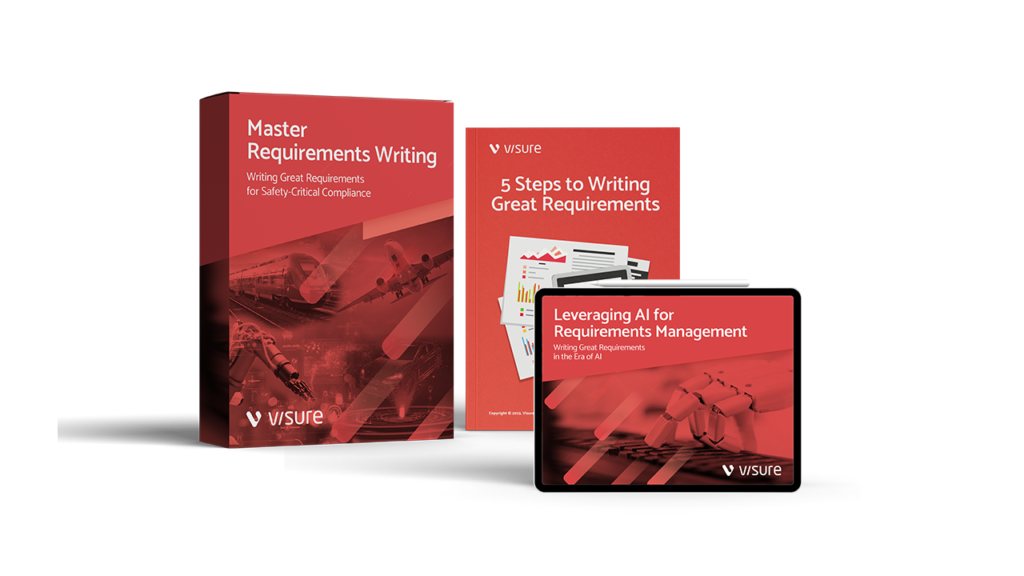| Abbreviation | Term | Definition |
| EV | Electric Vehicle | A vehicle powered by one or more electric motors, using energy stored in rechargeable batteries. |
| ICE | Internal Combustion Engine | A traditional engine type that generates power through the combustion of fuel and air. |
| SDV | Software-Defined Vehicle | A vehicle where key functions are primarily controlled and enhanced through software, allowing OTA updates and new services. |
| OTA | Over-the-Air Updates | Wireless delivery of software updates, maps, and diagnostics to a vehicle without requiring a visit to a dealership. |
| ADAS | Advanced Driver Assistance Systems | Electronic systems in vehicles that use sensor data to help the driver with driving and parking functions, enhancing safety. |
| V2X | Vehicle-to-Everything | Communication between a vehicle and any entity that may affect the vehicle, including infrastructure, other vehicles, or the cloud. |
| BMS | Battery Management System | Electronics that monitor and manage the performance, safety, and lifespan of an electric vehicle’s battery. |
| OEM | Original Equipment Manufacturer | A company that produces parts and equipment that may be marketed by another manufacturer under its own brand. |
| TCU | Telematics Control Unit | A component in a vehicle that manages wireless communications for navigation, vehicle tracking, and remote diagnostics. |
| CAN | Controller Area Network | A robust vehicle bus standard designed to allow microcontrollers and devices to communicate without a host computer. |
| ECU | Electronic Control Unit | A generic term for embedded systems in automotive electronics that control one or more of the electrical systems or subsystems in a vehicle. |
| AUTOSAR | Automotive Open System Architecture | A global development partnership that establishes standardized software architecture for automotive ECUs. |
| HMI | Human-Machine Interface | The interface that allows interaction between the driver and the vehicle’s digital systems (e.g., touchscreens, voice control). |
| EOL | End-of-Life Vehicle | A vehicle that has reached the end of its useful life and is typically dismantled or recycled under circular economy policies. |
| ASPICE | Automotive SPICE | A set of process assessment guidelines tailored for the automotive industry, particularly for software development. |
| ISO 26262 | Functional Safety Standard | An international standard for functional safety of electrical and electronic systems in production automobiles. |
| LV 123/124 | Low Voltage Testing Standards | Automotive testing standards for low-voltage electrical distribution systems in vehicles. |
| NVH | Noise, Vibration, and Harshness | A term used to quantify and refine the sound and feel of a vehicle to improve driving experience. |
| DMS | Driver Monitoring System | A safety system that uses cameras and sensors to monitor the driver’s attentiveness and detect fatigue or distraction. |
| C-V2X | Cellular Vehicle-to-Everything | A communication technology based on cellular networks to allow real-time data exchange between vehicles and their surroundings. |
| LIDAR | Light Detection and Ranging | A remote sensing technology that uses laser pulses to map distances and objects, essential for autonomous driving. |
| BEV | Battery Electric Vehicle | A fully electric vehicle that operates only on battery power, with no internal combustion engine. |
| PHEV | Plug-in Hybrid Electric Vehicle | A vehicle that combines a conventional engine with an electric motor and battery that can be recharged via external power. |
| TCO | Total Cost of Ownership | The full cost of acquiring, operating, and maintaining a vehicle over its lifecycle, including fuel, maintenance, insurance, and depreciation. |
| SCR | Selective Catalytic Reduction | An emissions control technology used in diesel engines to reduce NOx emissions by injecting a urea-based solution into the exhaust stream. |
| WLTP | Worldwide Harmonized Light Vehicles Test Procedure | A global standard for measuring vehicle emissions, fuel consumption, and range. |
| TPM | Tire Pressure Monitoring System | A safety feature that alerts the driver when tire pressure is too low, improving efficiency and preventing accidents. |
| UBI | Usage-Based Insurance | A type of auto insurance where premiums are based on driving behavior, mileage, and vehicle usage patterns. |
| HIL | Hardware-in-the-Loop Testing | A simulation technique used to test ECUs by integrating real hardware with simulated environments. |
| IVI | In-Vehicle Infotainment | Systems that combine entertainment and information features for drivers and passengers, including navigation, music, and voice control. |
